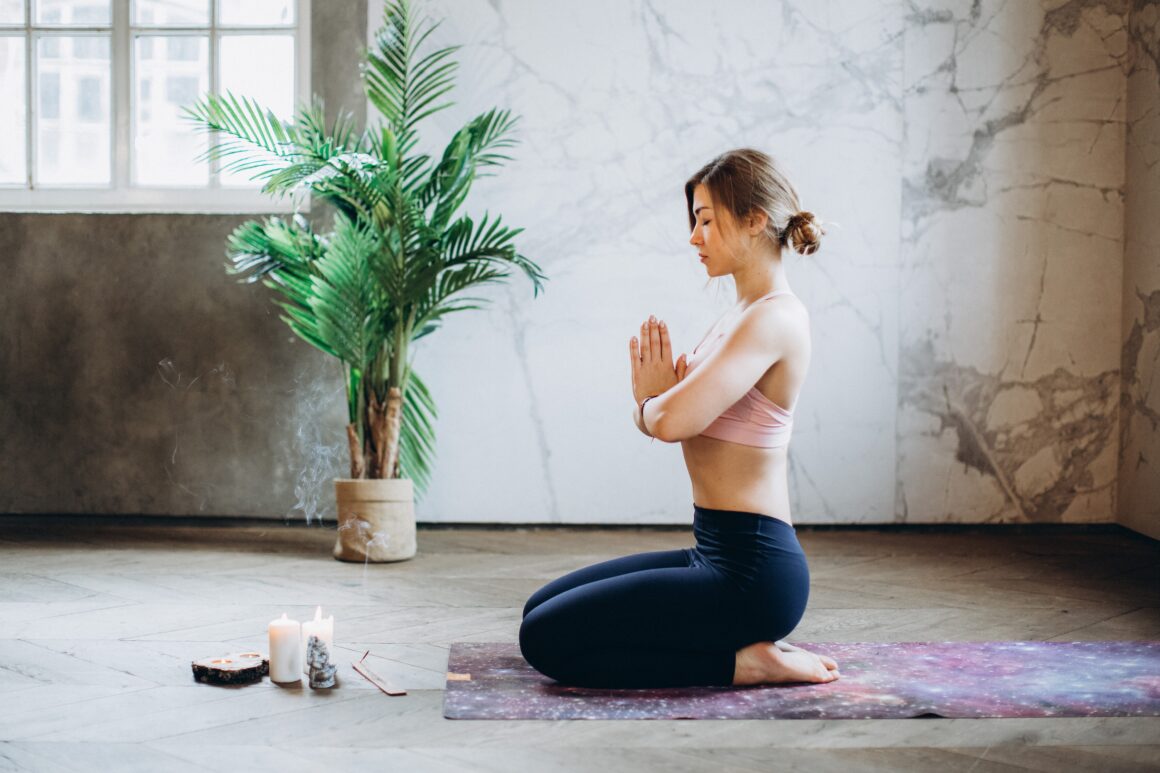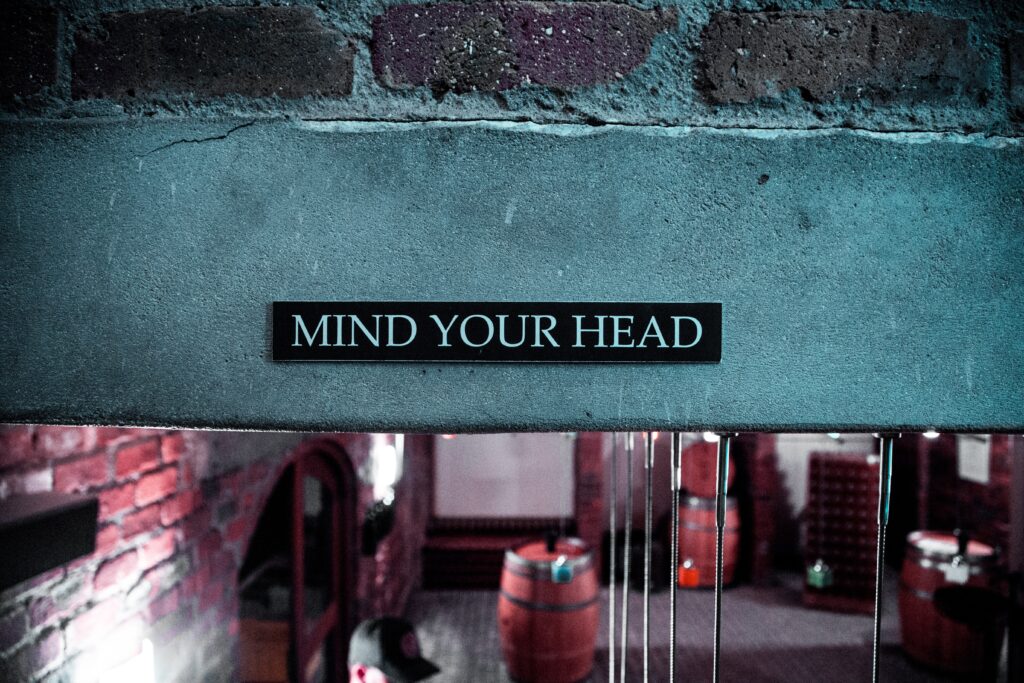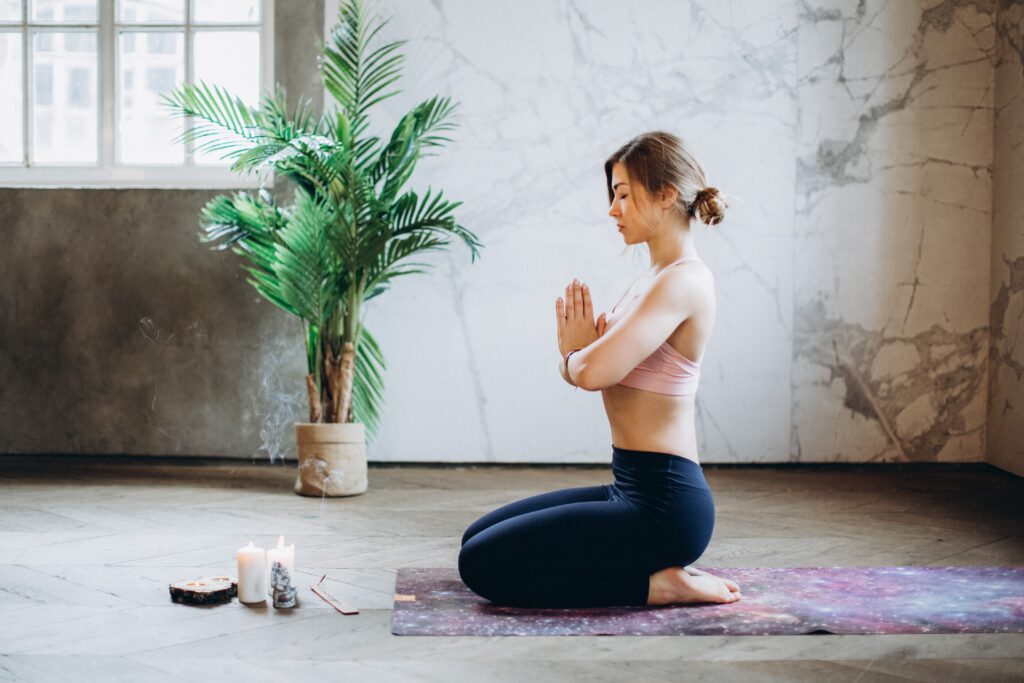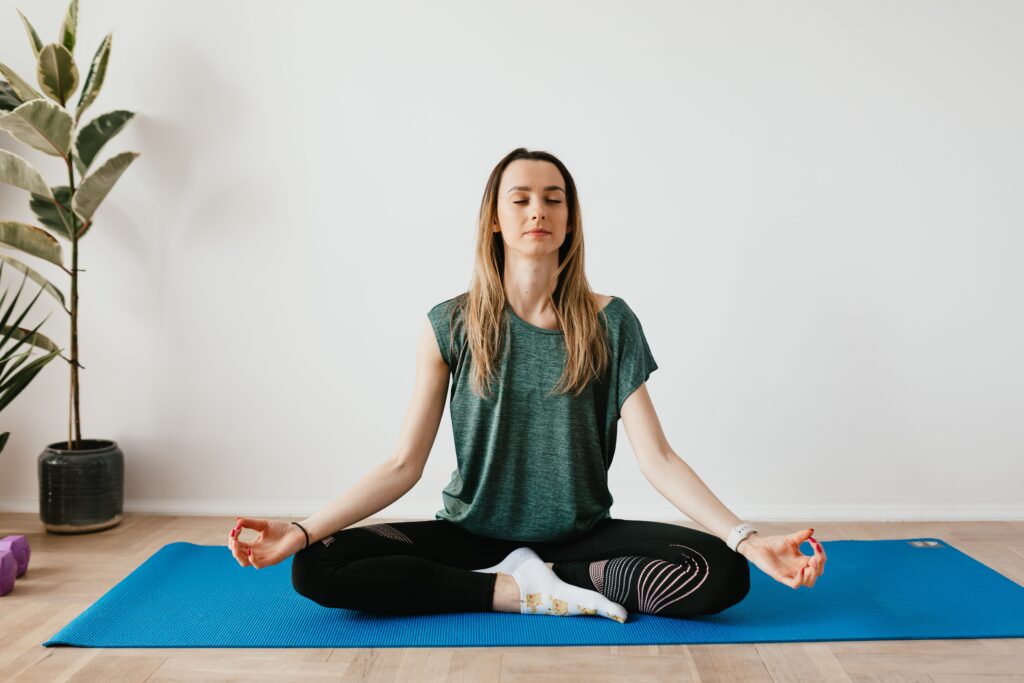
What Is Mindfulness Really?
Mindfulness is one of those words that get thrown around a lot these days, but very often it is not perhaps fully understood by the one saying it. In fact, it can mean a lot of different things, and that is just part of what happens when a culture is trying to take on a relatively new idea. But this raises the question: what actually is mindfulness, and how do you know when it’s happening?

You are probably aware of the many purported benefits of mindfulness, and there is no doubt that it can indeed be an extremely powerful tool for many. But only if you are doing it right, and that requires knowing what it is – and what it isn’t.
One Definition
Because it’s a largely subjective experience, it can often be challenging to really define mindfulness. However, that does not mean it can’t be defined – just that you need to try and take any definition you come across with a pinch of salt. It might be helpful to regard a few slightly different takes on mindfulness, in order to get a better view of the topic as a whole.
The first definition we will look at comes from a venerable and respected meditation teacher called Culadasa, otherwise known as John Yates. It reads: ‘mindfulness is the optimal relationship between attention and peripheral awareness.’ In other words, according to Culadasa, you are mindful insofar as you are keeping a fine balance between what is at the center of your experience, and everything that is on the periphery.
But without much experience in mindfulness, you might find yourself wondering what that actually means, and how you know when it is happening. Essentially, it’s a kind of feeling of gentle focus at an object – such as the object of the breath, a common one in many meditation practices – as well as a sense of what is going on in the other senses, as well as in the mind, and the body.
That sounds like a lot to remember, but it’s actually all about relaxing into the moment and just allowing this stuff to happen. Over time, with practice, it becomes easier and simpler.
Another Definition
So what are some of the other ways of defining and looking at mindfulness? One other very popular one comes from another well-respected meditation teacher, Shinzen Young. He describes mindfulness as ‘attending to phenomena with equal parts concentration, clarity and equanimity’. As you can see, there is a similarity between this and the previous definition, which is that they both depend upon the balancing of more than one element of experience. But beyond that, what can we gather from Shinzen Young’s definition?
Perhaps to understand it more fully, we need to disambiguate some of the terms he has used. Concentration might be easy enough to understand – it’s just that process and mental tool of paying attention to something, but there is an implicit element of constancy that is necessary as part of it to work too. So you need to be focused on an object with relative consistency.
Then there is clarity – what is meant by that? This can seem similar to concentration, but it’s subtly different. Clarity is more to do with how fully or clearly the object you are concentrating on appears to you. In other words, the more clarity you have of what you are concentrating on, the sharper it will appear to you – even if it is not a visual thing. Again this is something that becomes more obvious and easier to understand with practice, so don’t worry if you don’t quite get it yet.
The last term we need to define is perhaps the least well known or understood: equanimity. This is a traditional word used in contemplative practices which means being unaffected in some fundamental way by the phenomena that are presenting themselves. If you were to be completely unphased by something, you would say that was perfect equanimity. So in meditation and mindfulness, we are aiming to be unmoved by what is happening – which might sound cold, but it really isn’t in practice.
So, good mindfulness, according to Shinzen Young, is when you have concentration, clarity and equanimity working together harmoniously. As you can see, that is actually quite different to Culadasa’s approach, though they aim for the same thing, more or less.
Engaging With Mindfulness More Effectively
Now that we have looked at a couple of interesting and divergent descriptions of mindfulness, you might be wondering what you can actually do, in practical terms, to improve your own mindfulness practice considerably. How can you hope to engage with your own mindfulness more effectively, and thus get more out of the experience and enjoy more benefits from it in your daily life?
One way might be to care for your body and mind in such a way that you are coming to mindfulness from a calmer, stiller place. There is no limit to the number of things you can do towards this end, from deep breathing exercises to improving your sleep and even using CBD. However you do it, just make sure that you are trying to get your mind and body more calm.
Beyond that, you will also find that you can improve your mindfulness practice simply through just that – practice! It is a practice, after all, and that is something you should try to bear in mind here as best as you can. If you can remember that, you will be more inspired to do it frequently – ideally daily – and then you’ll notice the benefits of the practice so much more fully and obviously.
As you can see, this seemingly complex practice ends up being all about keeping things quite simple, so that is something that you may want to bear in mind here too. If you can remember that, you should find that you can engage with your mindfulness much better, and that you’ll get a lot more out of it too.








One Comment
Kaz
Thank you